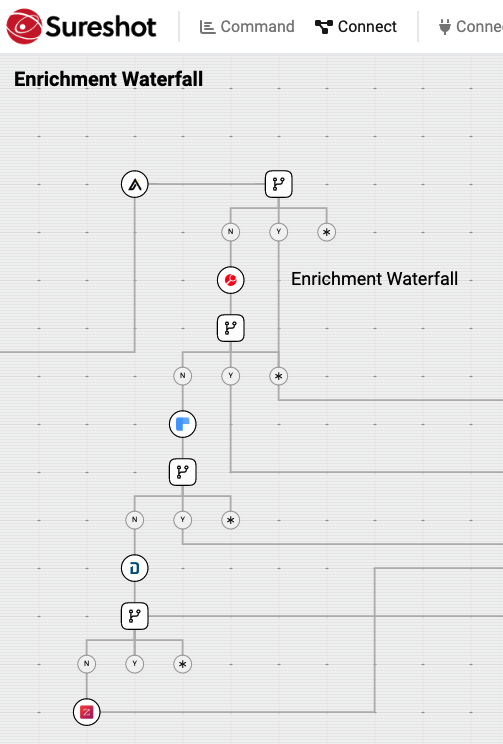
5 Steps to a Winning Data Strategy
Holy smokes! What is that horrific smell coming from your marketing ops department? Could it be your data? Why yes, it most certainly could be. Data of questionable quality (a.k.a. dirty data) is like that person at every networking event you go to who has the kind of halitosis that makes your eye twitch and your feet anxious to implement an exit strategy. In short, it’s offensive and causes you to wonder how someone will ever succeed in business with a problem so personal and hidden (to them), and yet so publicly off-putting. According to the latest research:
- 60% of companies use systems with unreliable data
- 40% of all leads contain invalid, duplicate and missing data
- 37% of email addresses change annually
- 43% of customer phone numbers change annually
That’s a lot of misinformation floating around, but the good news is you can become one of the forty-percenters who are enjoying the rich rewards of quality data. However, first you need to get your bloated databases under control with a foolproof get-in-shape plan, or data orchestration strategy. We’ve outlined five steps you can take below to get your data competition-ready.
Step One: Inventory Data Sources
The best way to get to the bottom of your data issues is to begin at the source. Break out your whiteboard markers and chart all the ways data is entering the tools, platforms and systems in your marketing technology stack. Be sure to note the discovery of any data siloes you stumble across. If resources and company culture allow, work with other departments who deal in customer data to repeat this exercise. Reiterate to them the importance of presenting a unified brand to customers at all stages of their lifecycle, and the impossibility of presenting said unified brand without everyone company-wide endorsing a higher data standard and an uncompromising commitment to quality data.
Step Two: Integrate Data Sources
Empowering all of your tools and platforms to share data in more advantageous ways is critical to the future success of all your marketing efforts. Fortunately, modern martech integrations have evolved to become a more user-friendly endeavor that does not require IT’s help. What’s more, in many cases today’s intelligent integrations offer both the ability to customize how your tools are sharing information and the opportunity to automate most if not all of these processes. Integrating all of your data sources is a step that does require time, energy and thought, however, you can simplify the process by making a prioritized list of all the integrations you want to implement.
Step Three: Centralize Control
Once all of your tools are integrated, you will want (and need) to have a way to view and control data quality across connected sources. A good marketing ops dashboard should give you the ability to see data on a macro (list) level and on a micro (segment) level. It should also enable you to manage data in real-time. For example, you should be able to instantly protect customer privacy and sensitive company information via push-button control regarding user access to customer and business data.
Step Four: Automate Data Quality Processes
The next step in your dynamic data orchestration strategy is to automate the processes critical to maintaining superior data quality. Your marketing efforts deserve data that is not only clean and complete, but standardized, too. When these processes are automatic, it enables you to not only personalize campaigns with precision, but it empowers you to be ever-ready to act on the insights your data is providing. Automating data processes also frees your marketing ops team to spend less time bogged down by manual steps and more time focused on revenue-generation.
Step Five: Implement Data Waterfall Enrichment
Q: Do you know what’s better than getting all your data updates from a single trusted source?
A: Enriching your data with a waterfall of multiple trusted sources!
When you pursue a multi-provider data enrichment approach, you empower your marketing team to push beyond their previous limits and form a more complete picture of your customer. Now instead of simply going after the same old datasets you have always acquired; you can populate new data fields with information from the leading providers on that type of data. By broadening your data horizons, you will inevitably open up new streams of revenue by uncovering segments and customer characteristics that impact everything from lead generation and sales to repeat business, customer loyalty, and more.
Your data orchestration solution should offer you the ability to implement a multi-vendor data enrichment strategy (enrichment waterfall) that ensures the best data provider for each field is used. In the example below, you can see how a data enrichment waterfall works:

